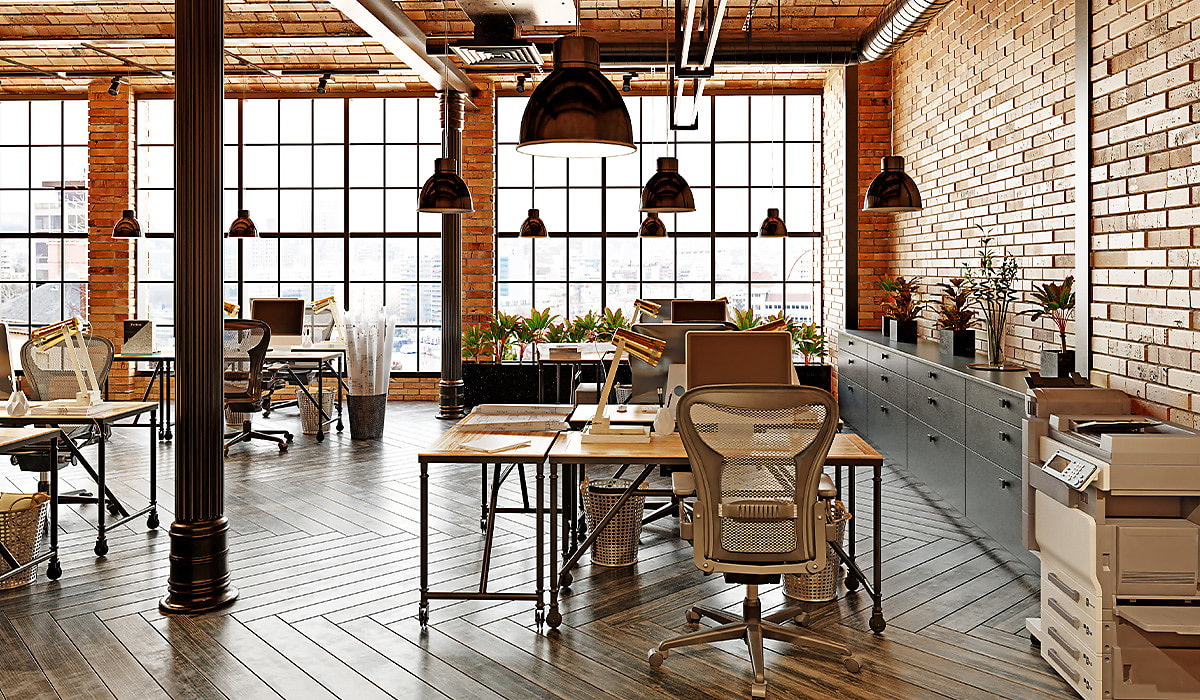Office vacancy rates hold steady
Office vacancy rates across capital cities have remained steady over the last six months following a supply increase.

The January 2025 edition of the twice-yearly Office Market Report showed that both the central business district (CBD) and non-CBD office markets across Australia have remained steady for the past six months to January 2025, following an increase in supply.
Australia’s CBD office vacancy increased by 0.1 per cent over the same period, from 13.6 to 13.7 per cent, while the non-CBD office vacancy rate held steady at 17.2 per cent.
Property Council of Australia chief executive, Mike Zorbas, said the new supply added over the last six months was key in stabilising the office vacancy rate nationwide.
The Office Market Report showed that over 220,000 square metres of new supply were added, just below the historical average of over 237,000 square metres.
“We have continued to see the supply of new office space above or near the historical average, providing access to a wealth of new, high-quality office space in our cities,” Zorbas said.
“Vacancy levels continue to be driven by this large level of supply, as demand has remained positive.
“Over the last three-and-a-half years, positive demand for office space in our CBDs has been recorded in five of the last seven reporting periods. Sydney, Perth, Adelaide and Canberra saw positive demand for office space above their historical averages in the last six months,” Zorbas noted.
While the office sector remained consistent overall, vacancy rates in the five major capital cities varied: Adelaide and Perth experienced declines, Melbourne remained stable, and Sydney and Brisbane saw increases in line with the rise in new supply.
Sydney’s office saw the highest vacancy rate, rising from 11.6 per cent to 12.8 per cent, driven by 164,552 square metres of new supply, well above the historical average of 74,361 square metres.
CBRE head of office leasing in NSW, Rachel Vincent, said the Sydney leasing market is experiencing a trend towards higher-quality and more cost-effective spaces across key precincts, including the Sydney CBD, North Sydney, Western Sydney, and South Sydney.
“Tenants are carefully deliberating their decisions as many plan for their workforce to return to the office three to five days per week,” Vincent said.
She noted that while CEOs recognise the benefits of having their team together to build culture and collaboration, talents ask for more flexibility, which companies have to consider when deciding where to rent.
Vincent said the Sydney office sector also faces challenges when it comes to renewing office leases as rents are increasing, and tenants have to decide whether it is worth relocating.
“Landlords are now further incentivised to retain existing tenants to maintain portfolio value and avoid vacancy spikes.
“Higher vacancy rates provide tenants with a wider range of options, leading to a more deliberate decision-making process.
“Landlords and tenants alike are adopting strategic approaches to navigate this competitive landscape,” Vincent said.
Similarly, Brisbane witnessed a rise in office vacancy rates from 9.5 per cent to 10.2 per cent.
Melbourne’s vacancy rate remained stable at 18 per cent.
CBRE head of office leasing in Victoria, Ashley Buller, said while Melbourne’s occupancy levels are currently the lowest among major Australian capital cities, an increase is expected.
“With occupancy rates poised to grow from their current low base of 59 per cent, and white-collar employment growth expected to grow at the highest rate nationally until 2030, we are optimistic about the Melbourne CBD office market’s prospects,” Buller said.
“The significant rightsizing of office space over the past four years has normalised workspace requirements, paving the way for positive absorption.”
Hobart recorded the lowest vacancy rate in the country, recording an increase from 2.8 per cent to 3.6 per cent.
In comparison, Darwin saw the largest vacancy rate decrease, from 14.4 to 11.9 per cent.
Adelaide followed suit, with vacancy rates dropping from 17.5 per cent to 16.4 per cent, while Perth saw a 0.4 per cent drop from 15.5 per cent to 15.1 per cent.
Similarly, Canberra’s office vacancy rates fell from 9.5 per cent to 9.2 per cent.
CBRE head of office and capital markets research, Australia, Tom Broderick, said national vacancies are forecast to peak in 2025 before beginning to decline.
“The supply outlook has declined due to feasibility issues from high construction costs and interest rates. However, there will be above-average supply delivered in 2025 in markets like Brisbane and Canberra,” Broderick said.
He remarked while sublease availability is at its lowest since 2019, signalling a decline in tenant downsizing, office occupancy is expected to rise further this year, driven by shifts from US firms.
Despite potential leasing uncertainty from the upcoming Australian federal election, Broderick said growth is projected in key sectors for 2025.
“We expect Sydney and Brisbane to lead the country from a rental growth perspective this year,” he said.
“However, other markets should record some moderate growth, given the high new development rents are making existing buildings look relatively affordable,” Broderick concluded.
